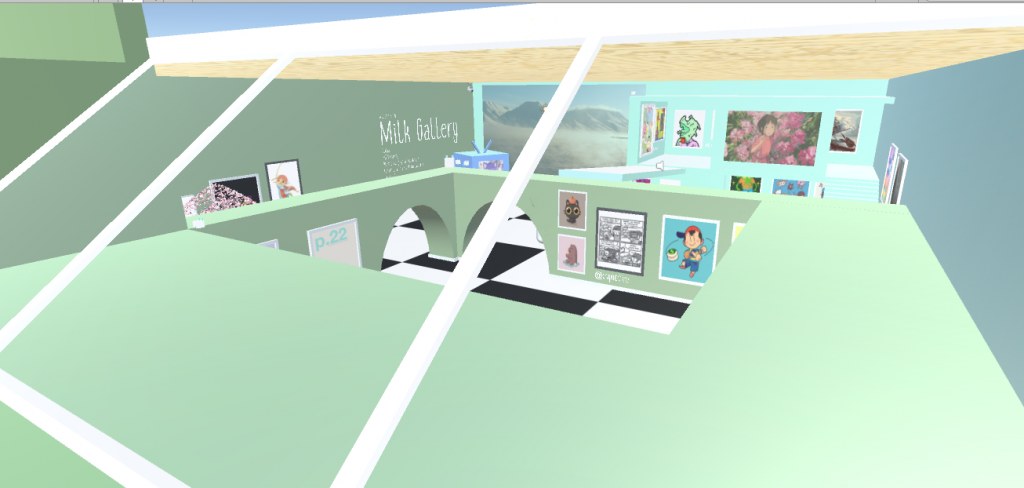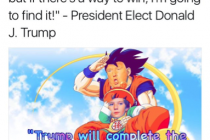Author: Clipper Arnold
Milk Gallery is a virtual art museum created by @beefmilk from Twitter. The program incorporates work from various artists from the far reaches of the internet into a gamified virtual experience. You can walk (not run, as the entrance sign advises) and jump through the gallery at your leisure. A hyperreal ambient soundtrack belies the whole experience.
@beefmilk says “getting your artwork [shown] IRL can be difficult and even expensive. Milk Gallery offers an alternative space for artists to display their work.” The gallery includes a variety of artists showcasing “3D sculptures, comics, and more.” It includes art from various creators and some “well known artists from the internet.”
The gallery anticipates the addition of features such as multiplayer and VR compatibility. Monthly updates of completely new galleries are also in the works. New artists who want their work displayed are encouraged to submit to @beefmilk or to contact the gallery email.
While Milk Gallery is not the first virtual art gallery, the scope of importance for @beefmilk lies beyond that. The monthly output and novel addition of features is quite ambitious and innovative, but even beyond its immediate reach, Milk Gallery hopes to encourage the larger trend of virtual gallery experiences.
In The Voices of Silence, Andre Malraux says:
“The Art Museum invites criticism of each of the expressions of the world it brings together; and a query as to what they have in common. To the “delight of the eye” there has been added… an awareness of art´s impassioned quest, its age-old struggle to remold the scheme of things. Indeed an art gallery is one of the places which show man at his noblest.” (15)
So what commonalities or noble truths does Milk Gallery invoke for the network of dialogue it creates? In as far as aiding art’s quest of creating or invoking the language of meaning, Milk Gallery takes on the proliferative mantle of other similarly populist-led art movements. “Street art,” for instance, commonly plays on various forms and functions of art by incorporating nuanced forms expression, diverse perspectives, and novel methods of presentation beyond the sphere of conventional art creators, curators, or consumers. I believe that a provocative virtual gallery such as Milk Gallery aims for similar aspirations.
Estefania Tocado Orviz postulates that art galleries (both physical and cybernetic) are “non-places” or “non-anthropological spaces” in that they are hypermediated and curated. Orviz claims that virtual users who personally engage with art in highly remediated spaces such as these are responsible for their own production of “the real.”
She states: “In the era of the hyperreal as defended by Baudrillard, by evoking an immediate and authentic emotional response as proposed by Bolter and Grusin, the visitor achieves a sense of reality. This is a gateway to establish an open dialogue with the work of art, participating in a distributed global agency and art network system.”
The hyperreal curated space of the virtual art gallery creates spaces for a new kind of agency and dialogue–one that can be as (or even more) inclusive, meaningful, emotionally evocative, fulfilling, or “real” as its physically-curated derivative.





Leave a Reply